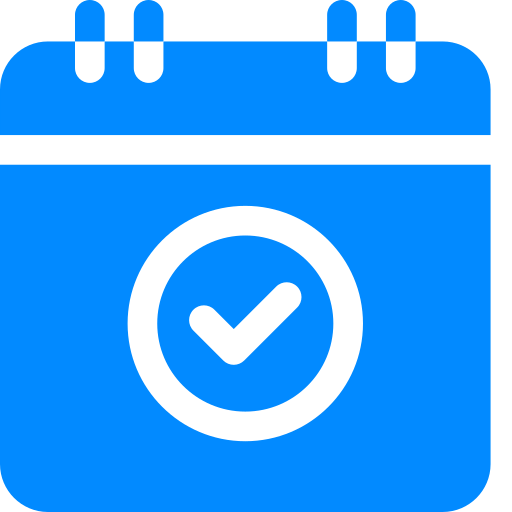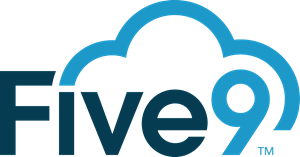Text messaging has become one of the fastest-growing channels for businesses trying to reach prospects, students, and clients. But despite its ubiquity, one basic question still hasn’t been answered clearly: when do people actually respond?
We analyzed more than 4.7 million SMS interactions among Meera.ai customers between April 25 and July 25, 2025. The dataset covers three industries—education, financial services, and insurance. While financial services accounted for most of the sample (83%), we broke out each industry separately to avoid skewed comparisons.
The findings offer a data-backed look at how people engage with text outreach—and how timing, cadence, and urgency vary depending on the industry.


.png?width=512&height=512&name=guru%20(1).png)

.png?width=199&height=109&name=salesforce-logo1-removebg-preview%20(1).png)


.webp?width=716&height=569&name=banner-img%20(1).webp)



